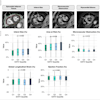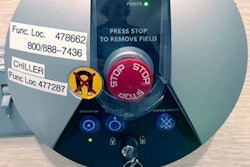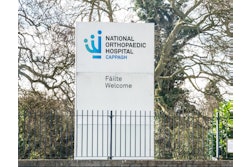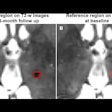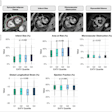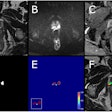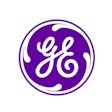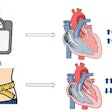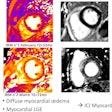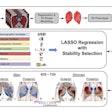As Europe focuses on the growing problem of overdiagnosis and misuse of resources in radiology, Norwegian researchers have presented a potential solution.
In an article published in BMJ Open Quality on 7 July, a team from Haukeland University Hospital and the University of Bergen evaluated the feasibility and usability of “VeRaVest,” a multicomponent intervention aimed at improving radiology referral practices among general practitioners (GPs) in western Norway.
Radiologist Prof. Aslak Bjarne Aslaksen and colleagues observed that the use of imaging in Norway is high, with approximately 25% of Norwegians undergoing outpatient diagnostic imaging annually, at a cost of about €75 million. Moreover, there are notable geographical variations in referral practices for CT and MRI, with MRI use being particularly common, especially for head, knees, shoulders, and lumbar spine, they noted.
To address the issue of overuse of imaging in Norway, the VeRaVest initiative was designed. VeRaVest (short for “Verdibasert radiologi i Helse vest,” i.e., “value-based radiology in Western Norway”) comprises three elements: referral guidelines integrated into electronic systems, group-based courses on guideline compliance using quality improvement principles, and a web-based feedback system.
Study logistics
The organizers of the scheme evaluated feedback data from 81 GPs from two counties in western Norway recruited in two cohorts in January and April 2023, as well as quantitative measures such as referral completion rates.
The referral guidelines integrated into the system were based on the national referral guidelines for musculoskeletal radiology published by the Norwegian Board of Health (Helsedirektoratet) and devised by a local project; these were then embedded into the GPs’ system for radiology, laboratory, and clinical referral and requisition.
For the second element of the VeRaVest initiative, the Norwegian Centre for Quality Improvement in Medical Practices (SKIL) provided group guideline-compliance courses. Also, two peer-group meetings were held three months apart to allow participants to enact and test changes in their own practices. Additionally, participants took an e-learning course developed by SKIL on referral practice in musculoskeletal radiology according to national guidelines.
The participants received Continuing Medical Education (CME) points as a part of their recertification process for these courses and could also apply for income compensation for time spent taking the courses, the authors wrote.
The third component of VeRaVest consisted of a web-based dashboard acting as a feedback system (dashboard) to allow the GPs to assess their own referral practice over time and to anonymously compare their practice with that of their colleagues. Data were depicted in graphs showing the GP’s 10 most frequent examinations over time compared with those of the other GPs attending the courses.
The research team said that the data source used was the PACS/RIS provided by the Western Norway Regional Health Authority for all of its hospitals, as well as data imported from two private providers with contracts with the regional authority; the feedback system was therefore inclusive of data from all referrals and examinations in the region.
Outcome and follow-up
While the evaluation is not yet complete, the preliminary results are promising, according to the authors.
The GPs’ responses were highly positive; 84% of the participants said that they found the referral guidelines helpful, with only 5% not finding them useful. Additionally, 76% of the participants reported that they had changed their referral practices following completion of the courses. Open comments on the initiative also reflected satisfaction with the implementation of VeRaVest.
Compliance with guidelines will now be measured prior to implementation of the intervention, the authors added, at six months and one year after the intervention. Moreover, radiologists will assess a representative sample of referral letters from the participating GPs using a validated score for the quality of the referral letters, with the results to be published.
"This is a feasibility study showing that the GPs are satisfied with the implementation," Aslaksen told AuntMinnieEurope on 19 July. "Adding courses and feedback could give better results on improving referrals than only introducing guidelines."
Read the article here.




